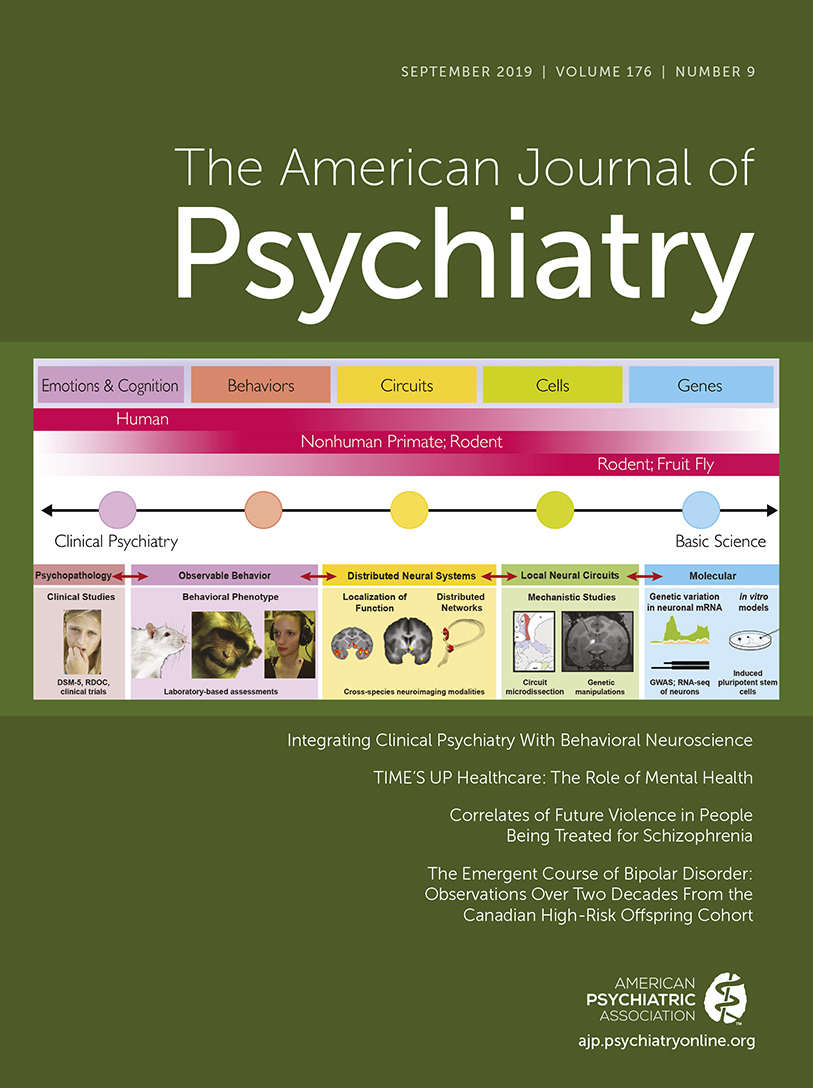Corrections to Kennard et al., Pham et al., Brent et al.
The Suicidal Ideation Questionnaire-JR (by WM Reynolds and JJ Mazza [School Psychology Review 1999; 28:17-30]) consists of 15 items each scored on a seven-point scale from 0 (“I never had this thought”) to 6 (“Almost every day”). A total score ranging from 0 to 90 is calculated as the sum of each item. “Clinically significant” suicidal ideation is defined as a total score greater or equal to 31. An authorship group that has published several studies in The American Journal of Psychiatry that used this scale discovered that they incorrectly coded each item on a 1 to 7 scale, which inflated the total score by 15 points. Therefore, the means and the cut point for “clinically significant” suicidal ideation reported are incorrect. No main findings or conclusions reported in the papers are affected. The authors have provided erratum memos that have been posted with each of the affected articles as supplemental data. The articles to which these erratum memos have been added are as follows:
Kennard BD, Goldstein T, Foxwell AA, et al: As Safe as Possible (ASAP): A Brief App-Supported Inpatient Intervention to Prevent Postdischargc Suicidal Behavior in Hospitalized, Suicidal Adolescents (Am J Psychiatry 2018; 175:864-872, September 2018 issue, first published online July 19, 2018 [doi: 10.1176/appi.ajp.2018.17101151])
Pham S, Porta G, Biernesser C, et al: The Burden of Bereavement: Early-Onset Depression and Impairment in Youths Bereaved by Sudden Parental Death in a 7-Year Prospective Study (Am J Psychiatry 2018; 175:887-896, September 2018 issue, first published online June 20, 2018 [doi: 10.1176/appi.ajp.2018.17070792])
Brent D, Melhem N, Ferrell R, et al: Association of FKBP5 Polymorphisms With Suicidal Events in the Treatment of Resistant Depression in Adolescents (TORDIA) Study (Am J Psychiatry 2010; 167:190-197, February 2010 issue [doi: 10.1176/appi.ajp.2009.09040576])
Brent D, Melhem N, Donohoe B, et al: The Incidence and Course of Depression in Bereaved Youth 21 Months After the Loss of a Parent to Suicide, Accident, or Sudden Natural Death (Am J Psychiatry 2009; 166:786-794, July 2009 issue [doi: 10.1176/appi.ajp.2009.08081244])
Brent DA, Emslie GJ, Clarke GN et al: Predictors of Spontaneous and Systematically Assessed Suicidal Adverse Events in the Treatment of SSRI-Resistant Depression in Adolescents (TORDIA) Study (Am J Psychiatry 2009;166:418-426 April 2009 issue [doi: 10.1176/appi.ajp.2008.08070976])



